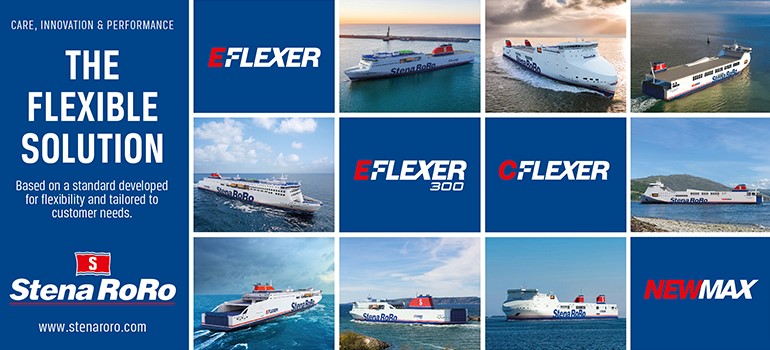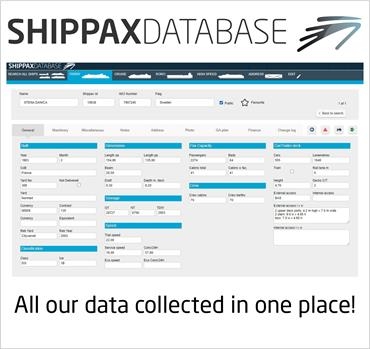The Waterborne Technology Platform is committed to contribute to the European Green Deal by means of zero-emission waterborne transport
The Green Deal for Europe will be the top priority of the new European Commission. Within this deal, the transformation of waterborne transport (i.e. shipping and inland navigation) into a zero-emission mode of transport will have a crucial place. This transformation will be urgent, not only to meet the political and societal expectations but also to avoid a further increase of emissions if nothing is done.
In early 2019, the Waterborne Technology Platform indicated in its new Strategic Research Agenda, a clear commitment to transform waterborne transport into a zero-emission mode of transport from 2030 onwards. In concrete, the technology platform aims at building zero-emission inland navigation vessels and short sea ships by 2030 and make any ships operating in any trades zero-emission by 2050. In this context, zero-emission means free of any type of emission, thus setting higher and broader targets than those addressing GHG emissions only. In doing so, the technology platform goes beyond the IMO’s Initial GHG Strategy and fulfils the European Commission’s long-term strategy “A Clean planet for All” and the European Green Deal of Commission President von der Leyen.
To develop a series of viable zero-emission technologies for waterborne transport, the sector will need to enhance significantly its research, development and innovation efforts in the coming decade as ships typically operate at least 20 years or more. These investments will come on top of the investments already made by the European waterborne transport sector itself.
Due to its diversification, characterised with different ship types (cargo ships as well as passenger vessels) operating on different ship trades (inland navigation, cabotage, intra-EU traffic, short sea shipping and transatlantic voyages), there is no one-size fits all solution and there will be not be any golden bullet to defossilise waterborne transport. In fact, it is essential to acknowledge that to date there are still no viable zero-emission technologies available for all ships, even though some first tests have already been made with alternative fuels and energy carriers. Hence, various solutions are still possible and need to be analysed, including – but not restricted to – hydrogen and batteries. These solutions are, inter alia, ammonia, methanol, renewable energies or other energy carriers.
In addition to identifying the most suitable alternative fuels and energy carriers, one should also bear in mind the necessity to invest sufficiently in adequate infrastructure so as to allow ships to bunker their fuel(s) on their sailing route. Equally, existing technologies should be improved to further reduce emissions on the short term, whilst disruptive technologies should be developed to such a maturity level that they will be applicable to all ship types, sizes and operational profiles in the long run.
Establishing a co-programmed partnership “Zero-emission waterborne transport” in the framework of Horizon Europe is an integral part of the Commission’s European Green Deal and a necessary condition to implement the transformation of shipping from a polluting sector, as it currently is, to a fully green zero emissions sector by 2050.
In a first reaction, the Chairman of the Waterborne Technology Platform, Henk Prins, said:
“The Waterborne Technology Platform is fully committed to transform the waterborne transport sector into a zero-emission mode of transport. But to realize this ambition, it is key to underpin it by means of a co-programmed partnership in the framework of Horizon Europe. This partnership will be crucial to enable the waterborne sector to develop innovative solutions in terms of alternative fuels and energy carriers and thus to move to a zero-emission mode of transport soonest.
A dedicated waterborne transport partnership is the only way to be able to achieve the targets for waterborne transport, since it will be able to fully take into account the specificities of the sector. For this reason, it remains of vital importance for the European waterborne transport sector that the Member States as well as the European Commission fully support the co-programmed partnership on zero-emission waterborne transport during the next Shadow Programme Committee Horizon Europe. The support for this partnership is key to leverage the investments in research, development and innovation of the sector itself in order to be able to deliver on the expectations of the European Commission’s Green Deal and Clean Planet for All communication as well and of its EU citizens.
We, the waterborne transport sector, are ready to start de-fossilising waterborne transport.”
okt 23 2019
Most read
Scottish government to nationalise Ardrossan Harbour and carry out major upgrading programme to be able to dock new CalMac ferries
jan 09 2026
Indonesian ferry wrecked in the Sunda Strait
jan 08 2026

















